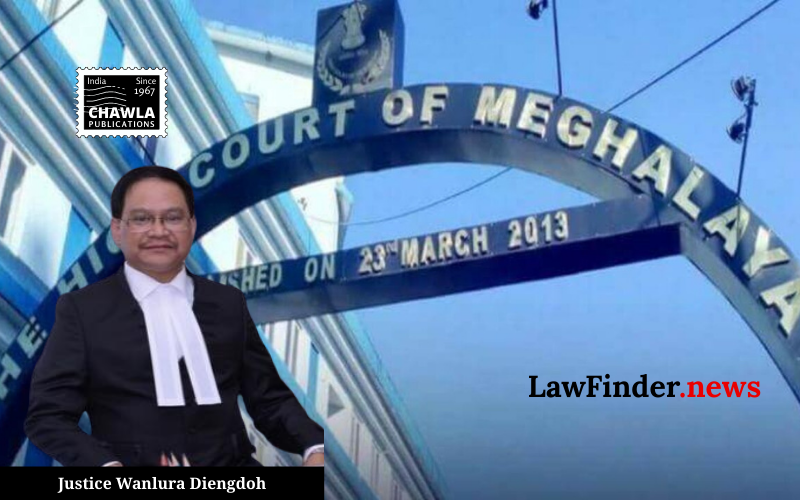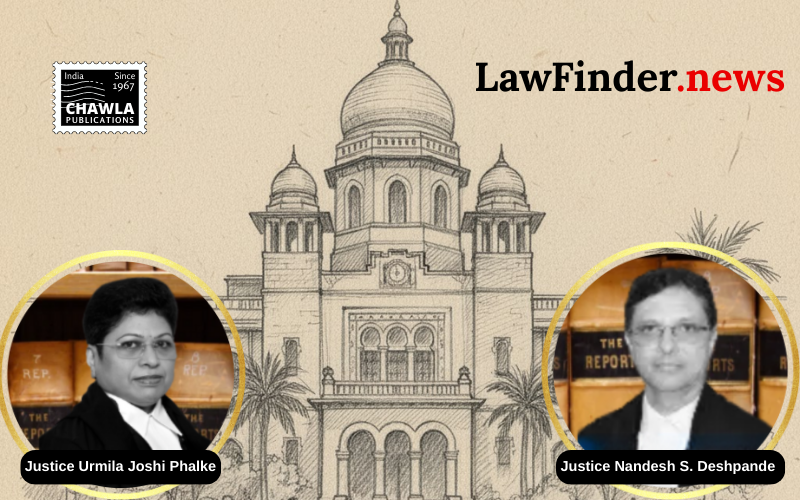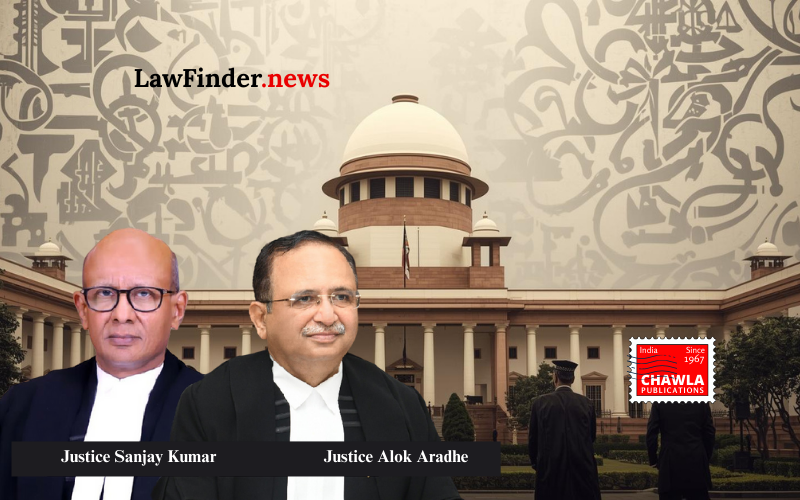Kerala High Court Upholds Jurisdiction Under Article 226 Despite Alternative Remedies

Landmark Judgment Reinforces High Court's Power to Issue Writs, Calls for Larger Bench Review
In a significant ruling, the Kerala High Court has reaffirmed its jurisdiction to entertain writ petitions under Article 226 of the Constitution, notwithstanding the existence of alternative remedies. The judgment, delivered by Justice Mohammed Nias C.P., emphasizes the plenary nature of the High Court's power to issue prerogative writs and underscores the distinction between "entertainability" and "maintainability" of writ petitions.
The case, involving M/s. Grids Engineers And Contractors and Union Bank of India, revolved around disputes arising from statutory actions under the SARFAESI Act, 2002. The petitioners challenged an order from the Additional Chief Judicial Magistrate Court, Ernakulam, claiming it was issued without jurisdiction under Section 14 of the SARFAESI Act. Despite alternative statutory remedies, the High Court maintained its authority to intervene, highlighting that such remedies do not foreclose its jurisdiction in appropriate cases.
Justice Mohammed Nias C.P. issued interim orders to stay proceedings, stressing that the High Court's power under Article 226 cannot be curtailed by ordinary legislation and that any limitation must be traceable to the Constitution itself. The judgment references the Supreme Court decision in M/s. Godrej Sara Lee Ltd. v. Excise and Taxation Officer-cum-Assessing Authority, which clarifies that the availability of an alternative remedy does not render a writ petition "not maintainable."
The ruling also addresses the matter of judicial discipline, critiquing a Division Bench's interference with the Single Judge's interim orders, labeling it as destructive to judicial comity. It calls for adherence to precedents set by larger benches and emphasizes the importance of consistency and predictability in legal judgments.
Given the recurring nature of disputes surrounding the scope of intra-court appeals under Section 5 of the Kerala High Court Act, 1958, Justice Mohammed Nias C.P. has directed the matter to be placed before the Chief Justice for consideration by a larger bench. This move seeks to clarify the bounds of appellate scrutiny and reinforce judicial coherence.
Bottom Line:
Article 226 of the Constitution of India empowers High Courts to issue prerogative writs, and any limitation on this power must be traceable to the Constitution itself. The distinction between "entertainability" and "maintainability" of writ petitions is crucial, with the former being discretionary and the latter addressing the jurisdiction to receive the petition.
Statutory provision(s): Article 226 of the Constitution of India, SARFAESI Act, 2002 Section 14, Kerala High Court Act, 1958 Section 5
M/s. Grids Engineers And Contractors v. Union Bank of India, (Kerala) : Law Finder Doc Id # 2785851
Trending News

Conviction under the POCSO Act - Sentence suspended consider in a consensual love relationship

A civil dispute arising from a commercial transaction does not constitute a criminal offence of cheating

Manipur violence: SC asks why entire leaked clips not sent for forensic test
